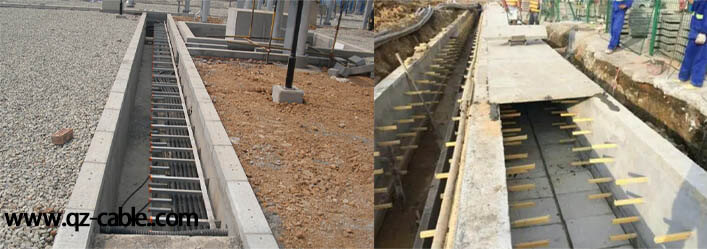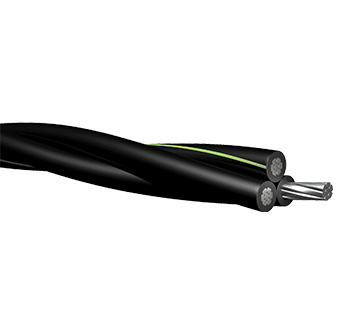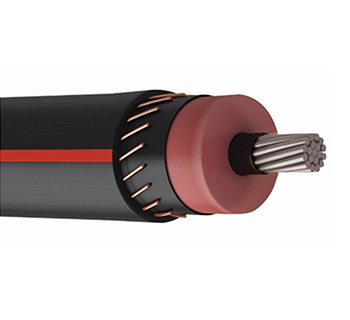Safety measures and prevention of underground cable trench
What safety measures should we prepare and how to prevent when excavating underground cable trench? The following small series will give you a summary reply.
Safety measures for excavating cable trench
Before digging the cable trench for underground cables, you must contact the relevant departments of underground pipelines and cables to clarify the actual location of underground facilities, take precautionary measures, and explain clearly and strengthen supervision when organizing construction by outsiders.
Before excavating the cable trench, the site should be clearly marked or fenced, tools, materials and other debris should not be placed on the slope of the excavated soil pile, and there should be a passage by the side of the trench.
When digging in the cable path, do not use a sharp pick, but use a shovel. Pay more attention to the cable when digging to prevent damage to the cable.
When laying underground power cables, if you encounter an underground object during excavation, you must not destroy it without authorization. You must verify it before proceeding.
When excavating the cable trench with a depth of more than 1.5 meters, special attention should be paid to prevent the soil and rock from falling back when throwing soil.
Digging trenches in the soft soil layer should have measures to prevent collapse, and it is forbidden to dig the soil layer from below.
Ditch cover should be installed when digging trenches near residential areas and traffic arteries, and red lights should be hung at night.
When drilling in hard rock and frozen soil, check the hammer handle, hammer head and steel drill. The person who hits the hammer should stand on the side of the drill. It is strictly forbidden to stand on the opposite side. No gloves are allowed. The person who supports the drill should wear gloves. The head should be replaced and repaired when it is blooming.
When digging near the gas pipeline, it must be carried out by two people. The guardian must pay attention to the excavator to prevent gas poisoning.
When digging at the garbage dump, two people must do it to prevent biogas poisoning.
Sufficient lighting should be provided at night work site.
12. To excavate cable trenches in residential areas and near traffic roads, temporary covers or reliable fences should be set up, and red lights should be hung at night to prevent pedestrians and traffic accidents.

Safety measures for wire and cable laying:
1) General requirements
① The installation work should be carried out from top to bottom to avoid grade separation operation and prevent personal injury and equipment damage.
② When more than two people install or operate the same equipment, a call response system shall be established.
③ When setting or positioning the equipment, do not put your feet under the equipment to prevent crushing.
④ When using the wrench, do not put on the pipe.
2) Safety precautions for cable construction:
① Before excavating the cable trench, the buried condition of underground facilities shall be understood, and measures shall be taken to prevent damage to underground facilities or electric shock accidents.
② Before laying the cable, the cable reel shall be erected firmly, and the protruding nails on the cable reel shall be pulled out to prevent injury to personnel during rotation.
③ When manually laying cables, the weight borne by each person shall not exceed 35kg. All personnel shall stand on the same side of the cable and on the outside at the corner. When laying cables underground, they shall be laid down gently in sequence and shall not be placed randomly.
④ When laying cables, it is not allowed to walk within 0.5m of the trench edge easy to collapse. When laying cables at wall holes, trench openings, pipe orifices and partitions, personnel shall be more than 1m away from the hole.
⑤ Peel off the cable hemp. When armouring, gloves and mouth shall be worn to prevent asphalt poisoning.
⑥ When laying cables in corrosive environment, cables should not be used as intermediate joints.
 中文
中文 










